11 Things That Instantly Make People Feel Comfortable In Someone Else’s Home
The most memorable homes are the ones where you can finally exhale.
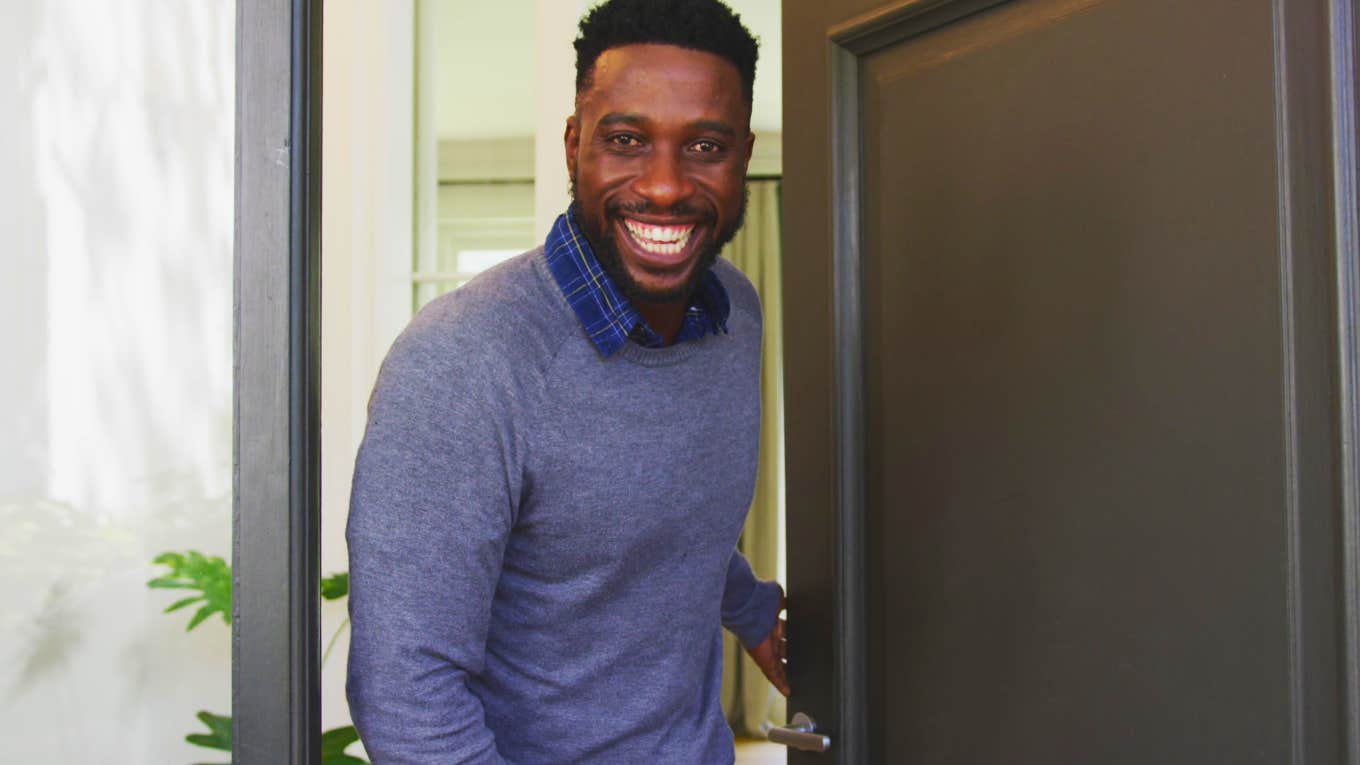 vectorfusionart / Shutterstock
vectorfusionart / Shutterstock A certain kind of home makes you breathe a little easier the moment you walk in. You might not be able to put your finger on why, but something about it feels warm, easy, and inviting. It doesn’t have to be spotless, trendy, or expensive. What matters most is the atmosphere and how welcome you feel once you’re inside.
Some people have a gift for creating a space that instantly makes people feel comfortable in their home. They’re not trying to impress anyone, they just intuitively understand how to make guests feel seen and relaxed. Their homes are the ones people want to linger in, where conversation flows easily and time seems to slow down.
Here are 11 things that instantly make people feel comfortable in someone else’s home
1. A warm, genuine greeting
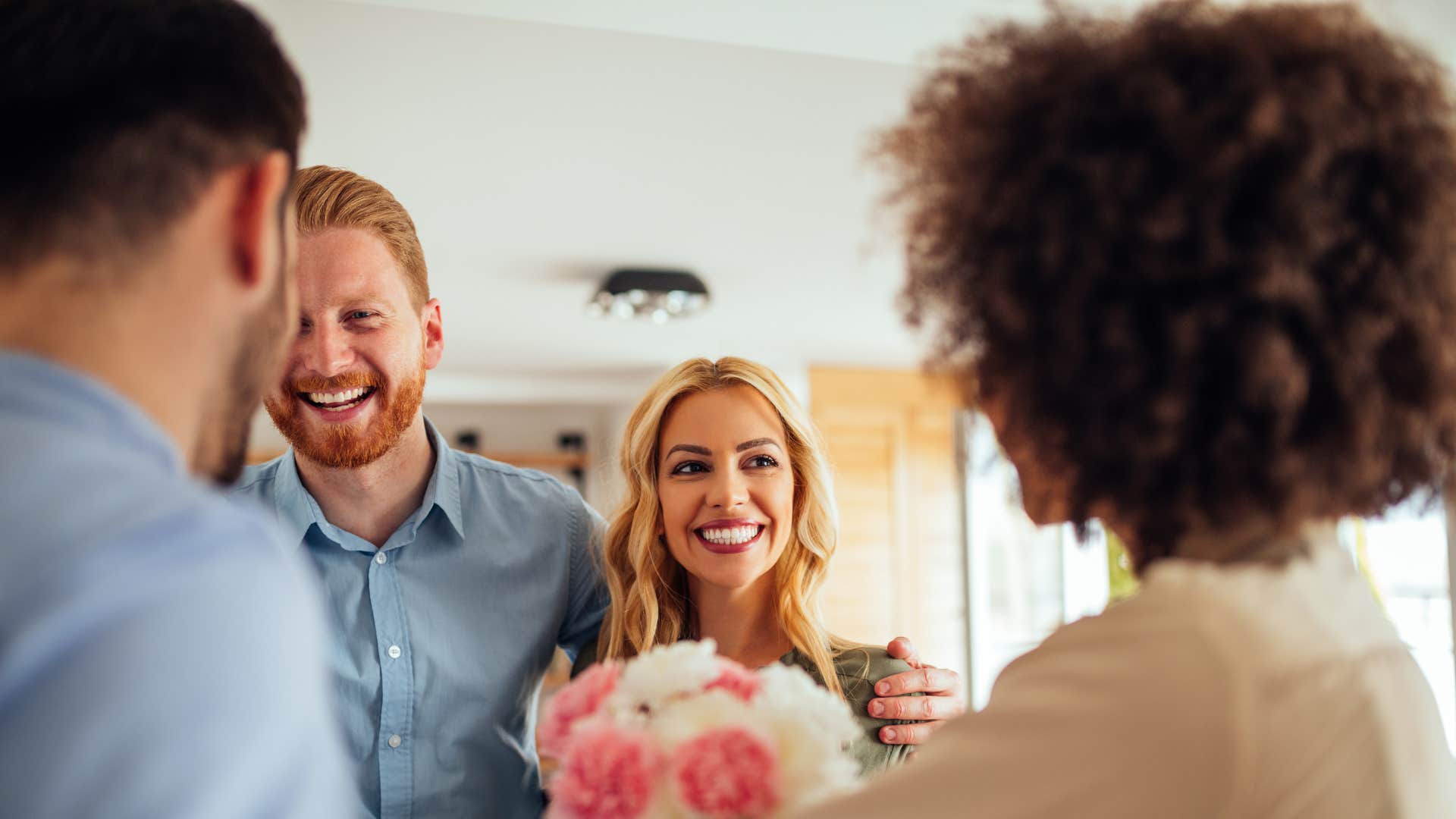 bbernard via Shutterstock
bbernard via Shutterstock
You can feel the tone of a place within the first few seconds. The tone of a place almost always starts with how you’re welcomed.
When someone answers the door with a smile, eye contact, and a real “I’m so glad you’re here,” it instantly puts people at ease. That simple energy of being wanted and not just tolerated changes everything.
2. A place to put your things without awkwardness
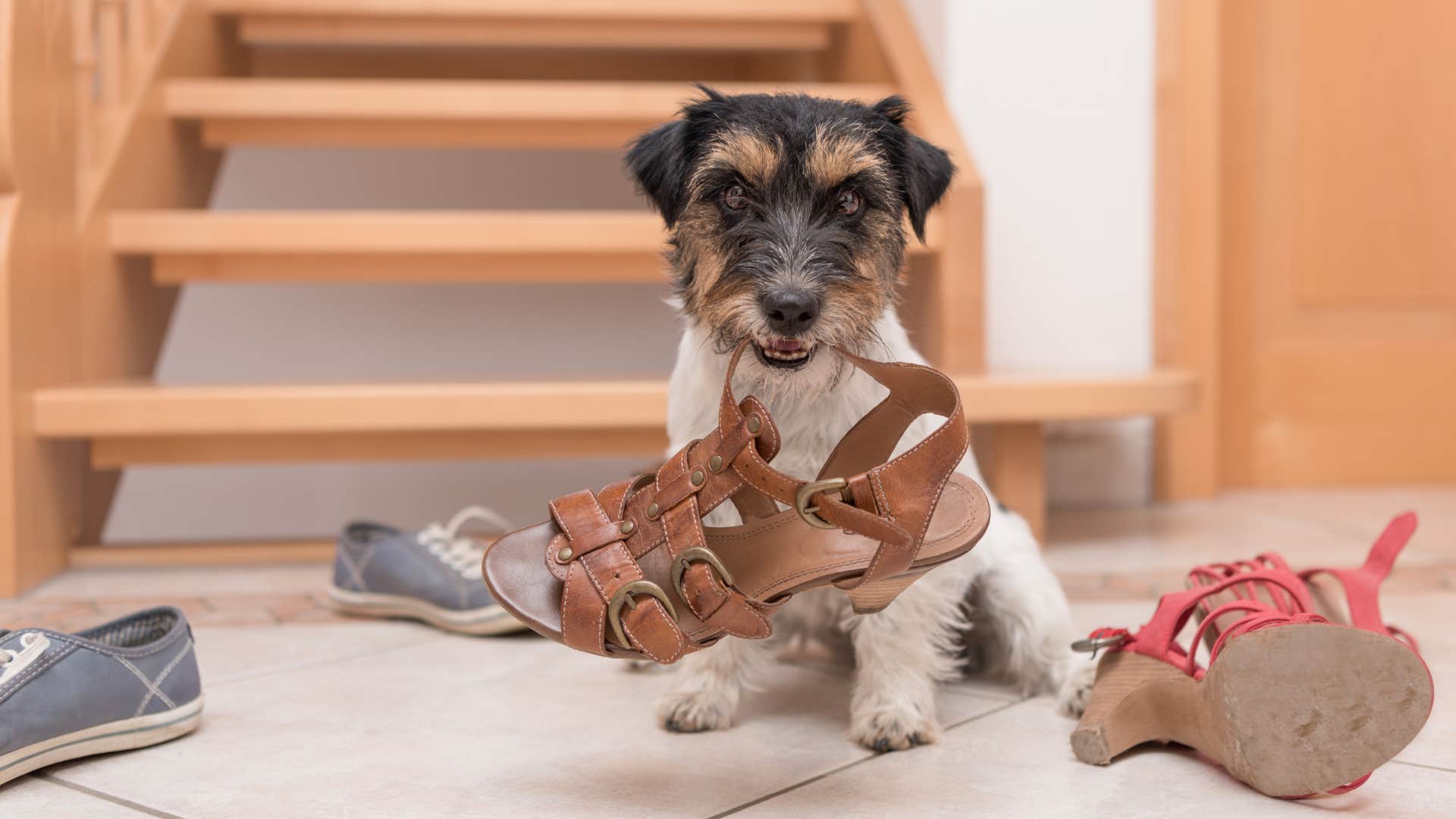 thka via Shutterstock
thka via Shutterstock
Guests feel more comfortable when they don’t have to guess what to do with their shoes, jackets, or bags. Is it OK to leave them by the door? Should they hang them up?
A home that anticipates this moment by offering a hook, a bench, or a simple “You can toss that right here” removes the social hesitation that can make people feel out of place. It says, “You’re welcome here exactly as you are.”
3. Soft and intentional lighting
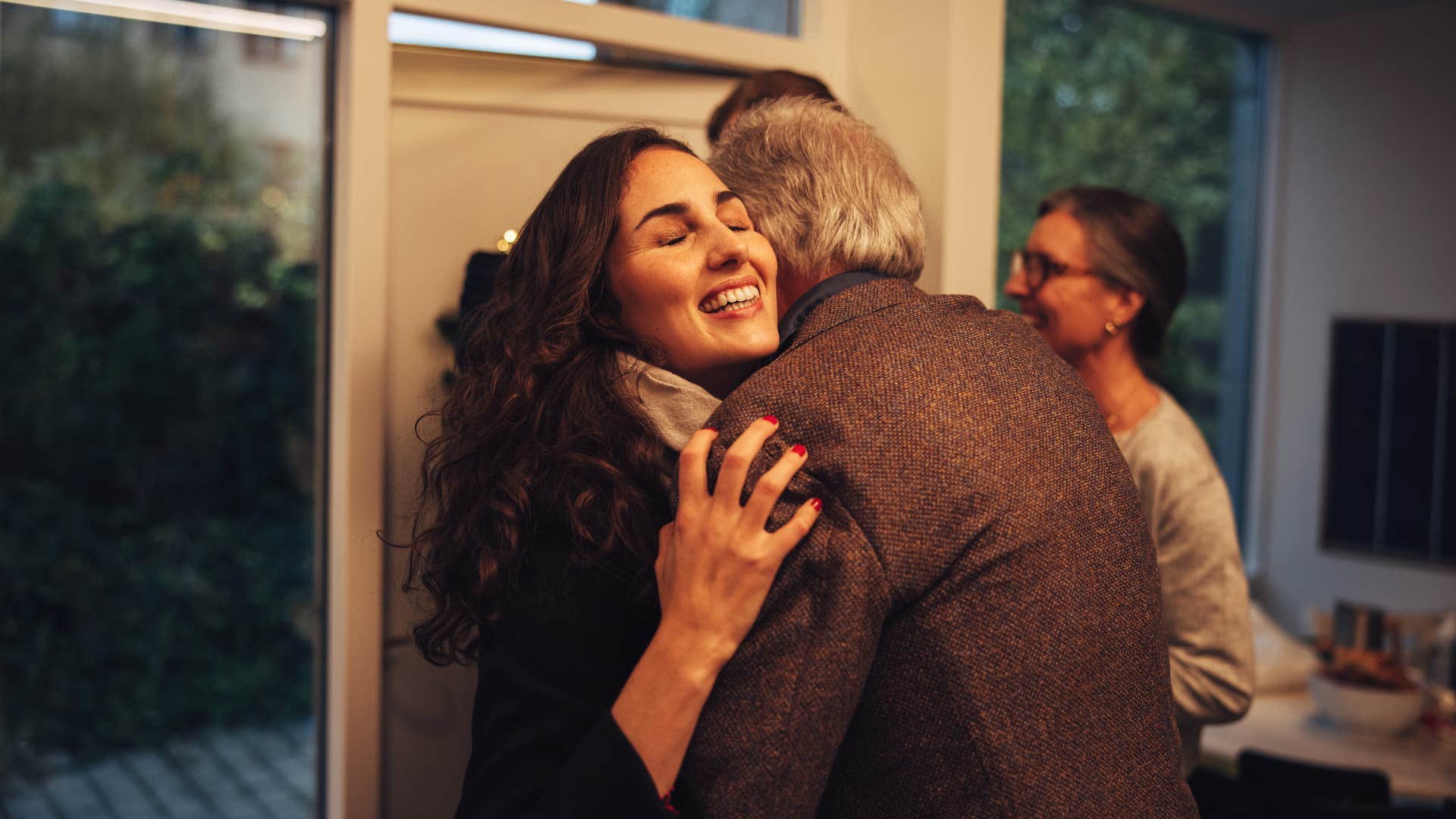 Jacob Lund via Shutterstock
Jacob Lund via Shutterstock
Harsh overhead lighting can make even a beautiful home feel sterile. But warm, layered lighting from lamps, candles, or natural sunlight instantly creates a more relaxed vibe.
Rather than dimming everything dramatically, homes like this are flooded by light that feels calm, cozy, and thoughtful. It invites people to settle in, not sit stiffly under a spotlight.
4. The smell of something cooking
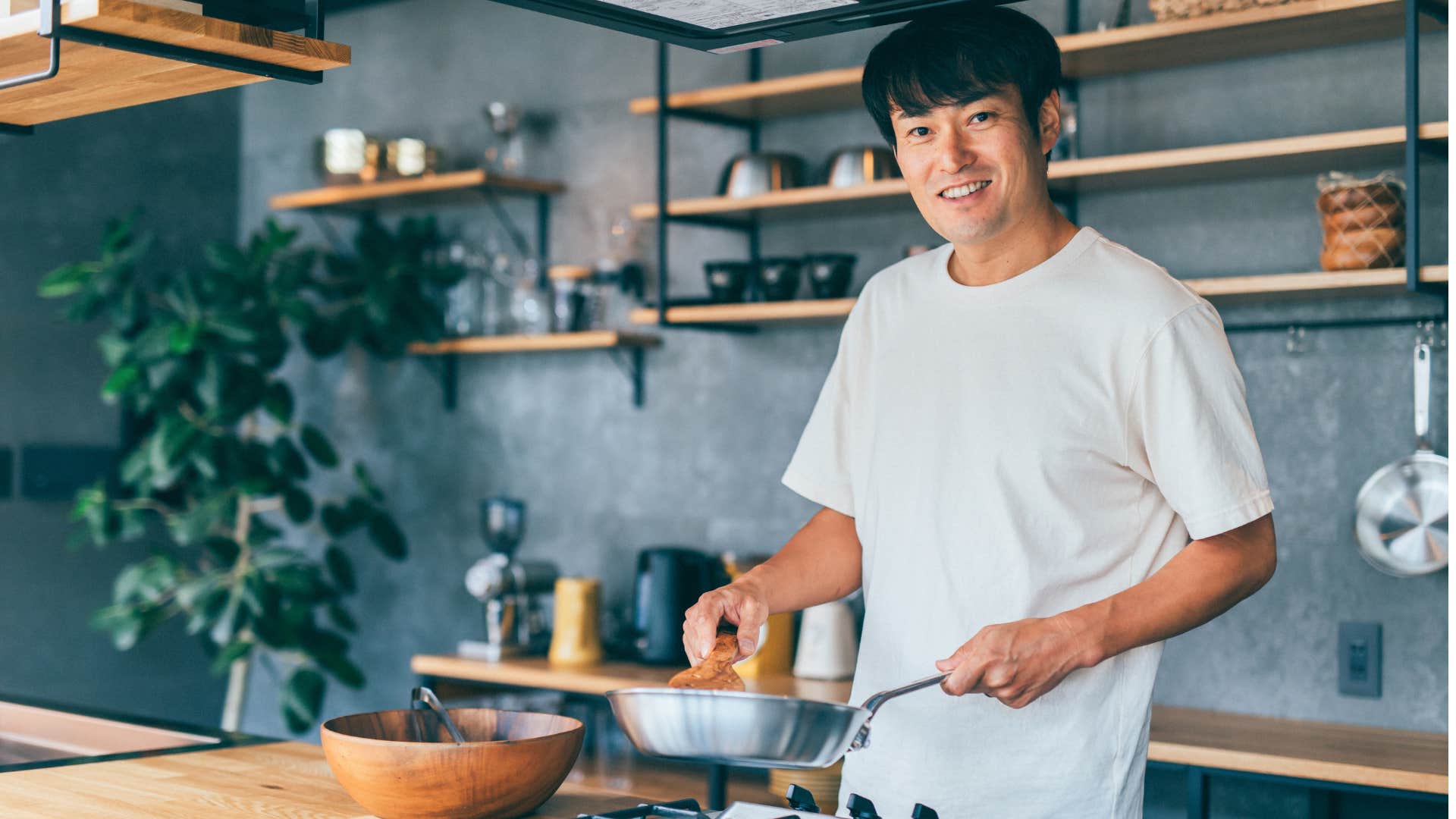 buritora via Shutterstock
buritora via Shutterstock
A faint smell of cookies, simmering pasta sauce, fresh herbs, or even just a subtle candle can go a long way in making a space feel lived-in and loving.
It’s comforting without being aggressive. People feel safe in homes that smell like someone’s been caring for the space, not just showing it off.
5. A space that feels lived in without being overly curated
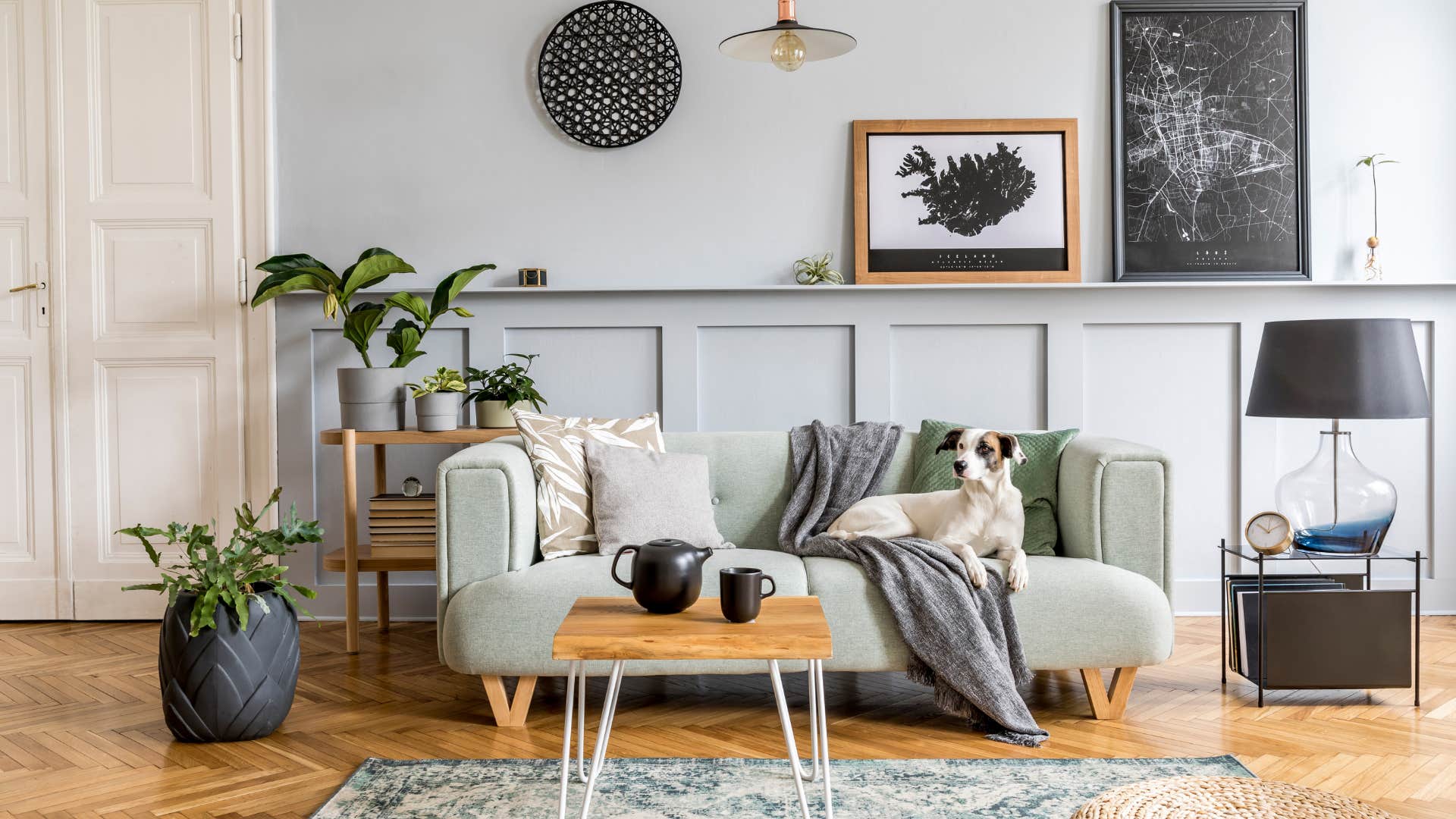 Followtheflow via Shutterstock
Followtheflow via Shutterstock
When a home looks like a museum or a Pinterest board, guests tend to become more self-conscious. They worry about making a mess, touching the wrong thing, or being too much.
A slightly imperfect space with a magazine on the coffee table, a throw blanket that’s been used, or a dog toy in the corner makes people feel like they’re in a real home. That lived-in feeling creates permission to relax.
6. Comfortable seating that encourages conversation
 fizkes via Shutterstock
fizkes via Shutterstock
When seating is awkwardly arranged or too formal, people sit politely but don’t settle in. It creates distance rather than bringing people together.
But when chairs and couches are arranged in a way that naturally invites eye contact and interaction with pillows to lean on and a cozy throw or two, it tells your guests, “You’re allowed to stay a while. Let’s talk.”
7. Background music
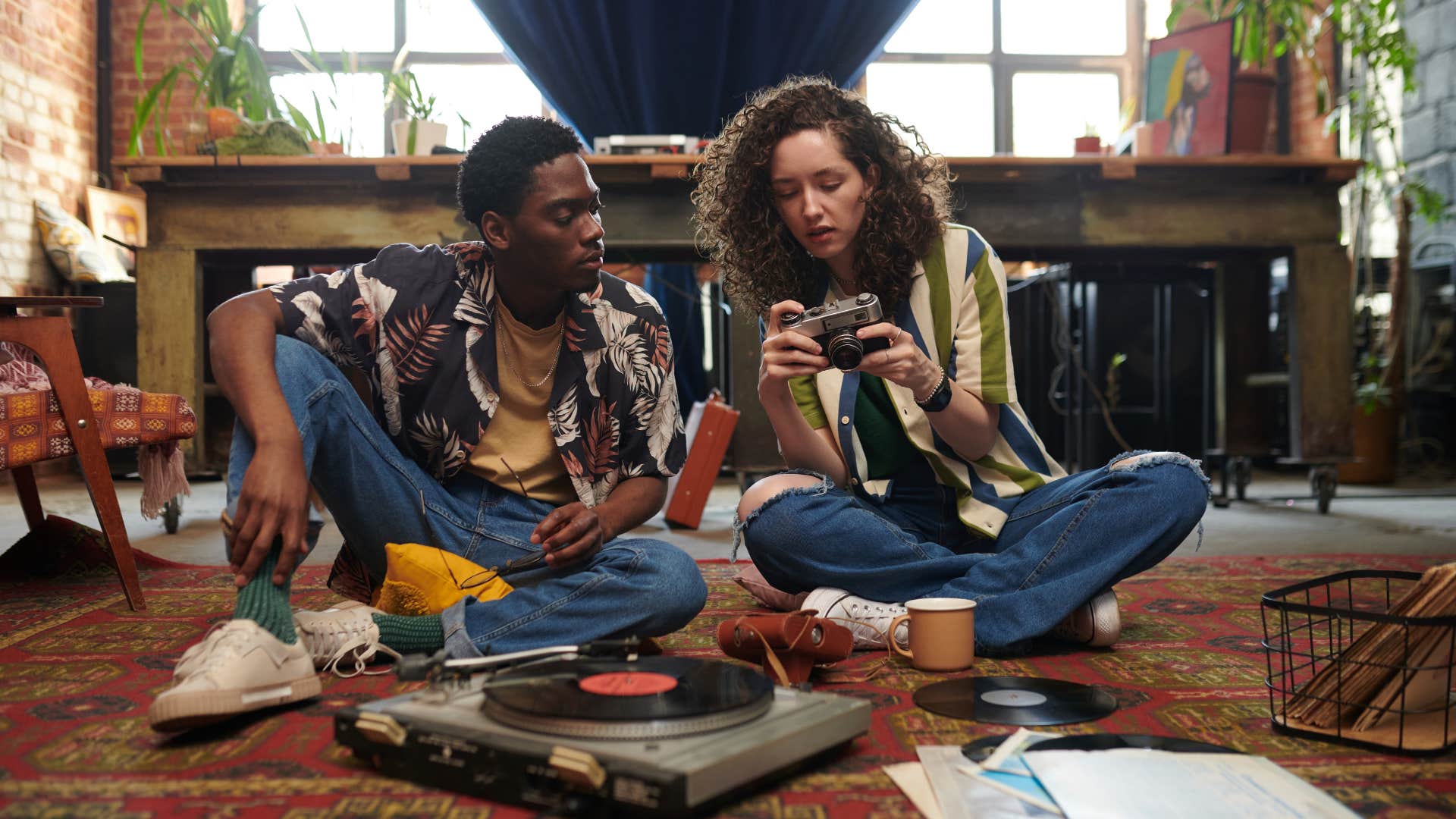 Pressmaster via Shutterstock
Pressmaster via Shutterstock
Silence in someone else’s home can feel strangely loud and uncomfortable. It puts pressure on conversation and makes every sound, like clinking glasses or shifting in your seat, feel magnified.
Soft music, a low TV, or even a bubbling diffuser in the background gives the space a gentle rhythm. It makes everything feel less stiff and more natural.
8. A bathroom that's stocked and easy to find
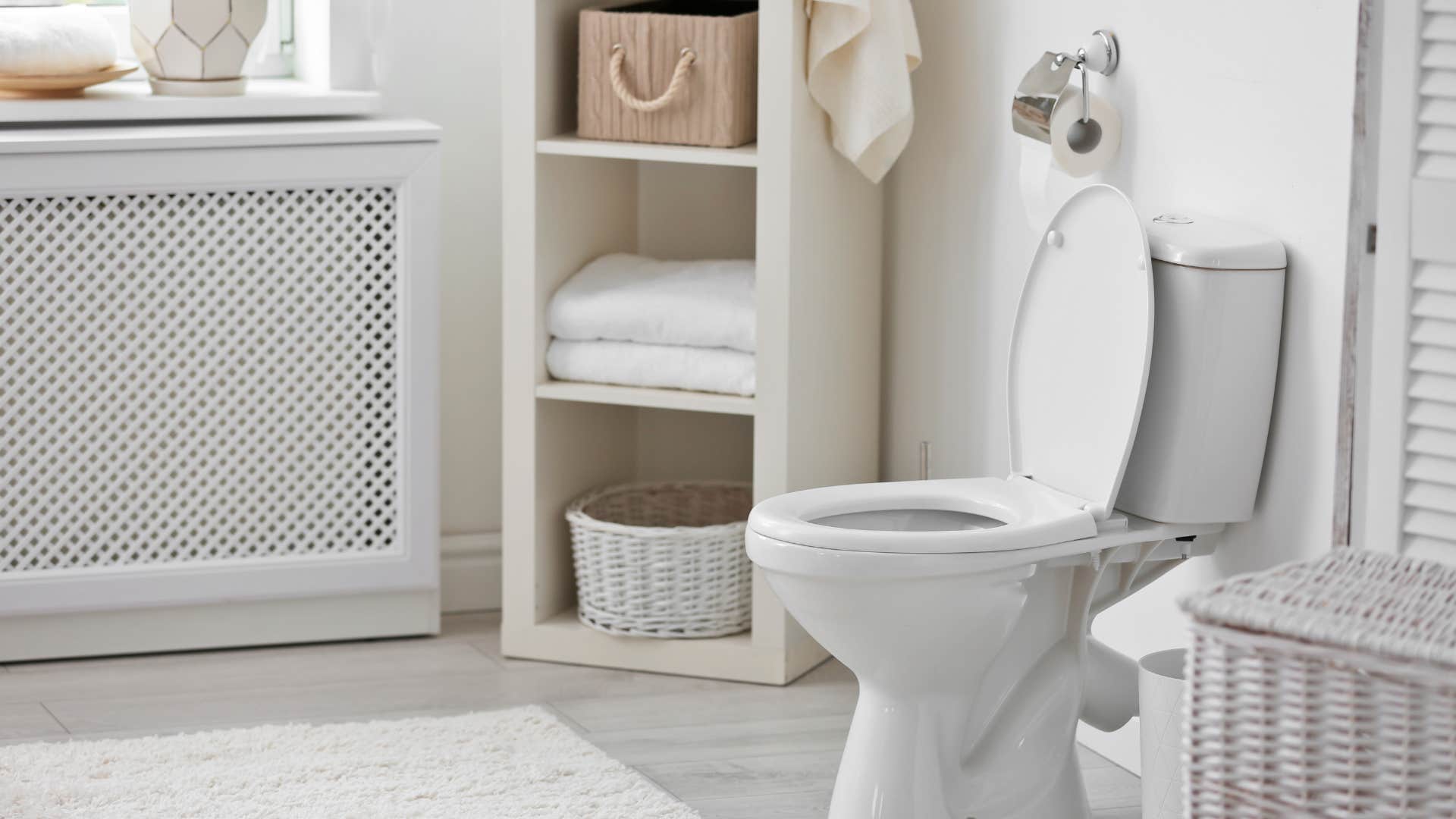 New Africa via Shutterstock
New Africa via Shutterstock
Few things make guests more uncomfortable than having to awkwardly ask for toilet paper or not knowing where to wash their hands. Many people feel embarrassed to have to ask.
When the bathroom is clean, easy to locate, and has the basics, like soap, a towel, toilet paper, maybe even a candle or lotion, it makes people feel quietly cared for. They don’t have to think too hard or ask too many questions.
9. A host who actually sits down
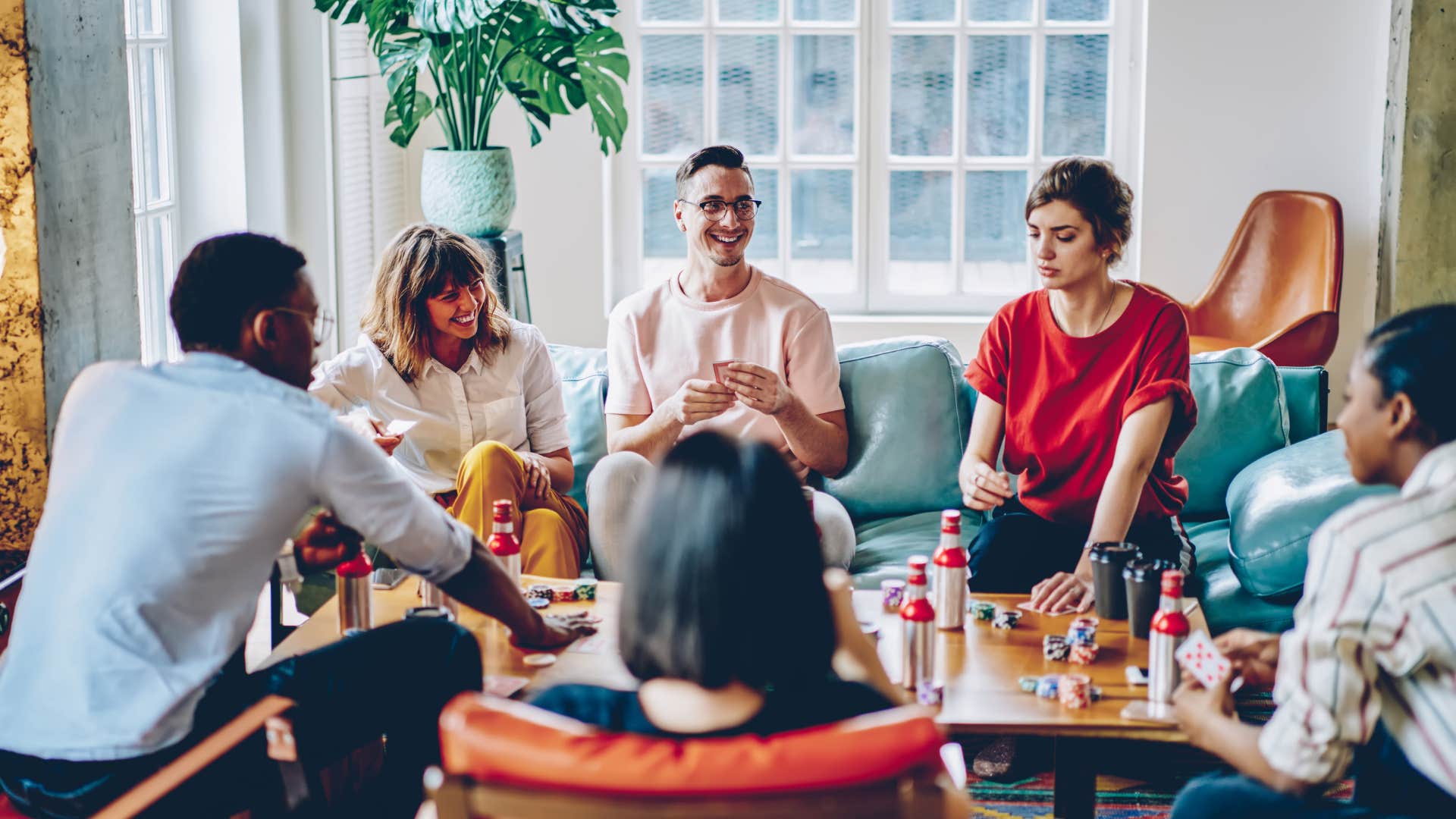 GaudiLab via Shutterstock
GaudiLab via Shutterstock
There’s nothing less relaxing than a host who won’t stop moving. Even if the food is perfect and the space looks great, guests can feel like they’re in the way.
When a host slows down, joins the conversation, and shares a moment of stillness, it signals that everything is under control. Their company knows they matter more than the menu.
10. Small details that show you were thought of
 ORION PRODUCTION via Shutterstock
ORION PRODUCTION via Shutterstock
It could be a favorite drink in the fridge, a blanket for someone who always gets cold, or remembering a dietary preference without being reminded. Knowing a few details about a guest is good manners.
"Before your guests arrive, spend some time picturing their lives — not yourself, your house, or your reputation, but their lives — from their point of view," suggests writer Martha Beck. "When you walk in their shoes, what creature comforts sound tempting? What diversions are most diverting? What would you like to avoid for a while?"
These tiny gestures say, “I pay attention to who you are.” That kind of care creates instant belonging, and people never forget how it made them feel.
11. A vibe that says you can feel free to be yourself here
 Roman Samborskyi via Shutterstock
Roman Samborskyi via Shutterstock
The most comfortable homes are the ones where people don’t feel like they have to perform. They can be a little tired, a little messy, or a little quiet, and it’s all welcome.
That kind of atmosphere is created by design and by energy. It’s the feeling of being accepted exactly as you are. And in a world full of pressure, that might be the most comforting thing of all.
According to the experts at Elbow Room by Clutter, "The best way to promote positive energy here is to remove clutter: Tuck away shoes and boots and keep coats, jackets, scarves, purses, and the like stored in a coat closet or on a coat hanger that doesn’t obstruct any pathways. As this area often extends to a front porch or outdoor walkway, be sure to find a removed place to store trash cans and recycling bins, as they act as energy sinks."
Sloane Bradshaw is a writer and essayist who frequently contributes to YourTango.

